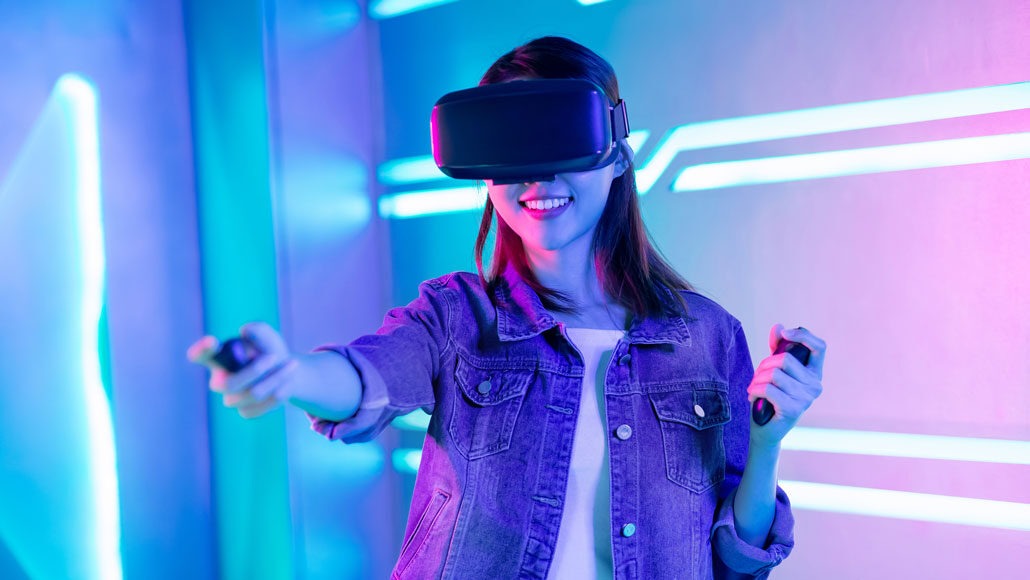Virtual Reality (VR): A New Era of Immersive Digital Experiences

Introduction
Virtual Reality (VR) is a transformative technology that allows users to immerse themselves in entirely computer-generated environments. From gaming to education and even therapy, VR is reshaping how we experience the digital world. This article explores the concept of VR, how it works, its applications, and the challenges that lie ahead.
Understanding Virtual Reality
Virtual Reality creates an immersive, interactive experience where users are placed inside a fully digital environment. Using VR headsets or goggles, users can explore and interact with virtual worlds that feel as though they are real. The experience is often enhanced with auditory, visual, and even tactile feedback, making the user feel as if they are physically present in the virtual world.
Key Components of Virtual Reality
- Head-Mounted Displays (HMDs): These are the primary devices for delivering immersive VR experiences. Popular examples include Oculus Rift, HTC Vive, and PlayStation VR.
- Motion Tracking: VR systems use sensors to track the movement of the user’s head and hands, ensuring that the virtual environment responds to physical actions.
- Input Devices: Controllers, gloves, or even treadmills are used to allow users to interact with the virtual world. These devices track gestures and movements, enabling natural interaction.
Applications of Virtual Reality
- Gaming and Entertainment: VR has revolutionized the gaming industry, creating fully immersive environments where players can interact with the game world in a way that traditional gaming cannot. Popular VR games like “Beat Saber” or “Half-Life: Alyx” provide unparalleled experiences.
- Healthcare: In healthcare, VR is used for both therapy and training. Virtual environments can help patients with physical rehabilitation or aid in pain management. Medical students use VR simulations to practice surgeries, enhancing their learning experience.
- Education: VR allows students to experience subjects like history, biology, or astronomy through immersive simulations. Rather than reading about ancient Rome, students can virtually visit the Colosseum and experience it firsthand.
- Real Estate and Architecture: VR enables potential buyers to tour homes or buildings before they are built, providing a realistic sense of space and design. Architects can use VR to visualize and modify projects in real-time.
- Military and Defense: VR is used for training simulations, allowing soldiers to practice combat scenarios in a safe, controlled environment. VR can simulate dangerous situations without the need for physical risk.
Challenges in Virtual Reality
- Cost: High-quality VR systems can be expensive, which limits accessibility for many users. The cost of VR hardware and content can also be a barrier to widespread adoption.
- Motion Sickness: Some users experience motion sickness when using VR, a condition known as VR-induced nausea. This happens when there is a disconnect between the visual experience and physical movement, causing discomfort.
- Content Limitations: While there are some high-quality VR experiences, the overall content library is still limited compared to traditional forms of media. Developers need to create more engaging and diverse content to attract users.
The Future of Virtual Reality
As technology improves, VR is expected to become more immersive, affordable, and accessible. Advances in haptic feedback, eye-tracking, and wireless systems will enhance the experience. Additionally, VR is poised to play a significant role in industries such as remote work, tourism, and virtual social spaces, providing new ways to interact and collaborate.
Conclusion
Virtual Reality is a powerful tool that has the potential to transform how we live, work, and play. As the technology evolves, VR is likely to find applications in every aspect of society, from entertainment and education to healthcare and business.







